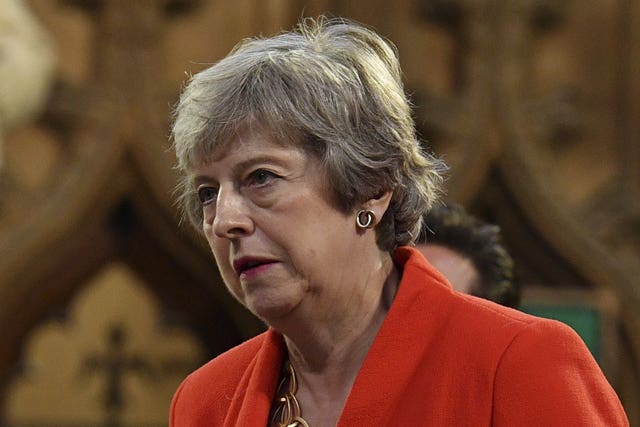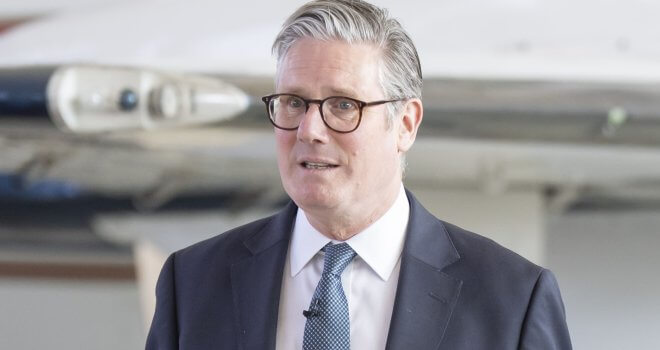Bank Needs To Better Communicate On ‘Poorly Understood’ QE, Report Finds

The Bank of England must build better public understanding and trust in its £895 billion quantitative easing programme amid long-standing concerns over wealth inequality, a report has found.
A study by the Independent Evaluation Office (IEO), which was commissioned last year by the Bank’s Court, said quantitative easing (QE) was still a “poorly understood” monetary policy tool.
Among a number of recommendations, it said the Bank needed to develop a “more strategic approach” to communications on the mammoth bond-buying programme.
It said: “With QE now a core part of the monetary policy toolkit, the public’s trust in and understanding of the tool is important for the Bank’s mission.”
It added: “QE remains a poorly understood monetary policy tool for much of the public and for some its use has been contentious.
“In particular, there remain strong views about QE’s potential distributional side effects.”
It also said there was also public concern about the lack of climate considerations in its approach to corporate bond purchases.
QE was launched in 2009 to bolster the economy in the face of the financial crisis and recession that followed.
It sees central banks buy corporate and government bonds to increase the money supply in the economy, which lowers interest rates to encourage lending and investment.

But QE has faced mounting criticism that it has served to make those with assets richer and those with savings worse off.
Former prime minister Theresa May famously criticised the Bank’s QE programme in 2016, when she said there had been “bad side-effects” of the economy-boosting tool.
With the QE programme having been fired up once again to help the economy weather the pandemic, the tool and its impact is in sharp focus once again.
The Bank has expanded its QE programme by another £450 billion since the start of the crisis and experts believe it may increase it further as the UK is poised to enter a double-dip recession.
The IEO, which was tasked with scrutinising QE from 2009 to 2016, said: “QE should no longer be seen as a transient, ‘unconventional’ crisis response.
“Instead, it is now an established part of the monetary toolkit that has been used in the UK and in many other countries in response to a range of shocks.”
It wants the Bank to be more clear in how it communicates on the benefits and disadvantages of QE.
In particular, it said there had been criticism after a Bank report into wealth distribution of QE chose not to show the impact in pounds, which would have been clearer to understand and would have shown the rich benefiting more.
The Bank said it welcomed the IEO’s report and said it was “committed to ensuring it uses QE and its other policy tools as effectively as possible, in order to meet the inflation target, drawing on the lessons from the research literature and best practice among central banks”.
Alongside improvements on communication and responses to other recommendations, it will also set up extra meetings for its Monetary Policy Committee (MPC) to “provide a stocktake on QE and its other monetary policy tools”.




